Home>Furniture & Design>Interior Design Trends>How To Identify Crystal Glass
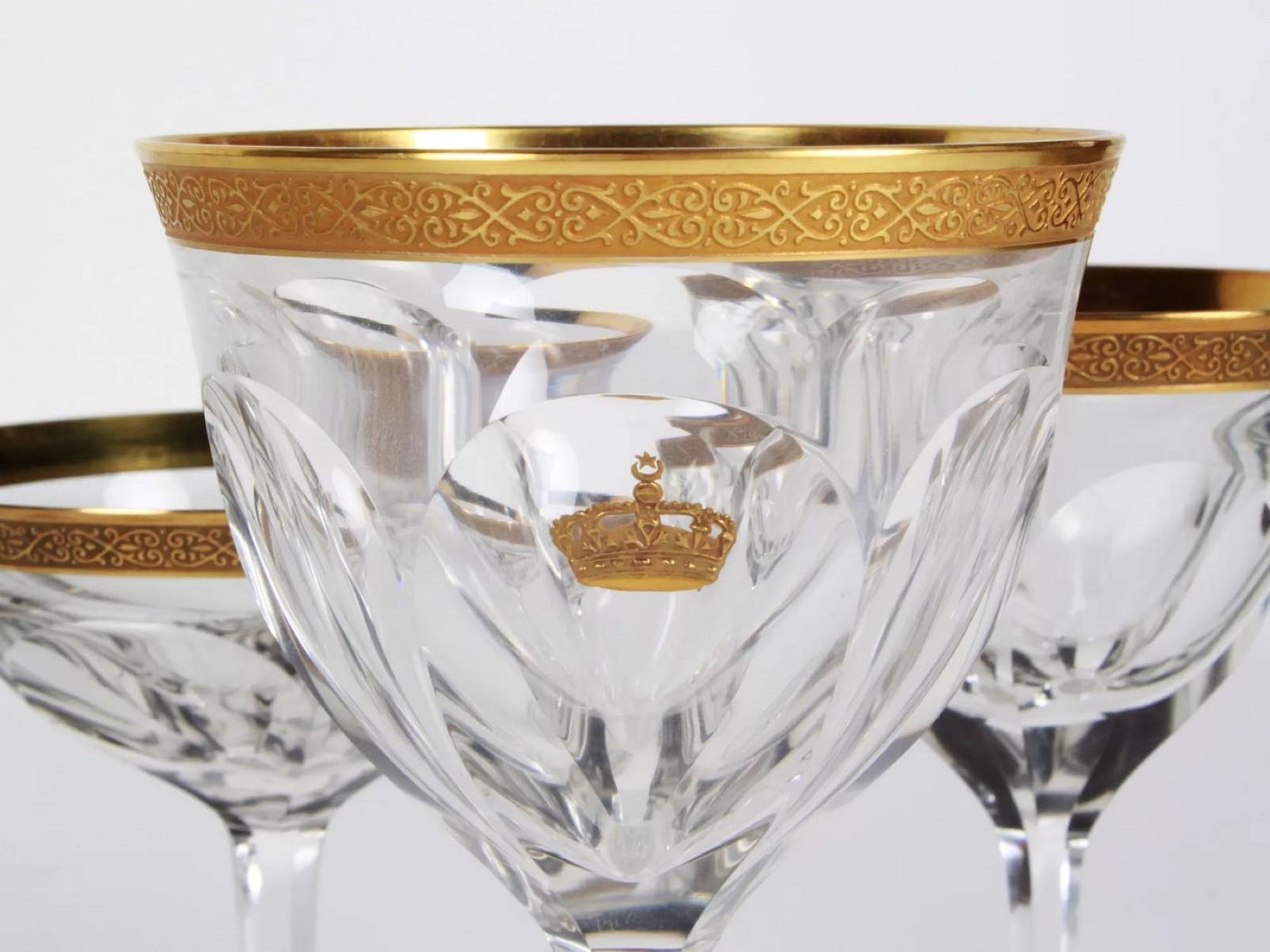

Interior Design Trends
How To Identify Crystal Glass
Modified: September 1, 2024
Learn how to identify crystal glass and stay updated on the latest interior design trends. Enhance your home decor with expert tips and advice. Discover more!
(Many of the links in this article redirect to a specific reviewed product. Your purchase of these products through affiliate links helps to generate commission for Storables.com, at no extra cost. Learn more)
Introduction
Crystal glass has long been revered for its timeless elegance and exquisite craftsmanship. Whether adorning a dining table with sparkling stemware or gracing a room with dazzling chandeliers, crystal glass adds a touch of sophistication and luxury to any setting. However, not all glassware is created equal, and distinguishing true crystal glass from its counterparts requires a keen eye and an understanding of its defining characteristics.
In this comprehensive guide, we will delve into the art of identifying crystal glass, exploring the various factors that set it apart from ordinary glassware. From the distinct sound it produces when tapped to its weight, clarity, and intricate designs, each aspect contributes to the allure and authenticity of crystal glass. By the end of this journey, you will possess the knowledge and insight to discern genuine crystal glass with confidence, elevating your appreciation for this exquisite art form.
Let's embark on this enlightening exploration of crystal glass, unraveling its secrets and uncovering the subtle nuances that make it a cherished treasure in the world of interior design and decor.
Key Takeaways:
- Crystal glass can be identified by its melodic sound, weight, clarity, and intricate designs. These qualities make it a luxurious and sophisticated choice for interior design and decor.
- The resonant sound and substantial weight of crystal glass, along with its exceptional clarity and intricate designs, set it apart as a radiant and flawless material for elegant dining and entertaining occasions.
Read more: How To Identify Vintage Crystal Stemware
Understanding Crystal Glass
Crystal glass, often referred to simply as crystal, is a type of glass that contains lead oxide. This distinctive composition sets it apart from standard glassware, endowing it with exceptional clarity, brilliance, and resonance. The addition of lead oxide enhances the refractive properties of the glass, allowing it to sparkle and shimmer in the presence of light. This unique characteristic has made crystal glass a coveted choice for creating exquisite glassware, decorative items, and ornate chandeliers.
One of the defining features of crystal glass is its lead content, which contributes to its remarkable clarity and brilliance. When light passes through crystal glass, it refracts in a dazzling display of colors, creating a mesmerizing effect that captivates the eye. This unparalleled radiance is a hallmark of authentic crystal glass, distinguishing it from conventional glassware.
In addition to its luminous quality, crystal glass is also prized for its resonance. When gently tapped, crystal glass produces a melodious and sustained ring, a phenomenon known as the "ping test." This distinctive sound is a testament to the superior quality and craftsmanship of crystal glass, as it resonates with a clarity and purity that is unmatched by ordinary glass.
Furthermore, the lead content in crystal glass contributes to its weight, giving it a substantial and luxurious feel in the hand. This weightiness is a testament to the premium nature of crystal glass, adding to its allure and desirability.
Understanding the unique properties of crystal glass is essential for identifying and appreciating its exquisite craftsmanship. From its unparalleled clarity and brilliance to its resonant sound and substantial weight, each characteristic contributes to the timeless appeal of crystal glass, making it a cherished treasure in the realm of interior design and decor.
Identifying Crystal Glass by Sound
The distinctive sound produced by crystal glass is a key indicator of its authenticity and superior quality. When gently tapped with a utensil or fingertip, genuine crystal glass emits a clear, melodious ring that resonates with a pure and sustained tone. This phenomenon, often referred to as the "ping test," is a result of the unique composition of crystal glass, particularly its lead content.
The resonant sound produced by crystal glass is a testament to its exceptional craftsmanship and superior clarity. Unlike ordinary glassware, which may produce a dull or muted sound when tapped, crystal glass reverberates with a distinct and musical tone that captivates the ear. This resonant quality is a result of the lead oxide present in crystal glass, which enhances its acoustic properties, allowing sound waves to travel through the glass with remarkable clarity and purity.
When conducting the "ping test" to identify crystal glass, it is important to listen for the sustained and melodious ring that emanates from the glass. This characteristic sound is a hallmark of genuine crystal glass, reflecting its premium quality and exquisite craftsmanship. In contrast, non-crystal glassware may produce a shorter, less defined sound, lacking the clarity and resonance that define true crystal glass.
The resonant sound of crystal glass not only serves as a means of identification but also contributes to its overall sensory appeal. Whether enjoying a fine wine from a crystal glass goblet or sipping a refreshing beverage from an intricately cut tumbler, the melodious ring that accompanies each gentle tap enhances the tactile and auditory experience, elevating the act of imbibing to a luxurious and indulgent affair.
In summary, the resonant sound produced by crystal glass is a defining characteristic that sets it apart from conventional glassware. The pure and sustained tone that emanates from genuine crystal glass is a testament to its exceptional clarity, craftsmanship, and lead content. By recognizing and appreciating the distinct sound of crystal glass, one can confidently identify and savor the unparalleled beauty and allure of this timeless art form.
Identifying Crystal Glass by Weight
The weight of crystal glass is a significant indicator of its authenticity and superior quality. Unlike standard glassware, which tends to be lighter and less substantial, crystal glass possesses a noticeable heft that reflects its premium craftsmanship and unique composition. This weightiness is attributed to the presence of lead oxide in crystal glass, which contributes to its exceptional clarity and brilliance.
When held in the hand, crystal glass exudes a luxurious and substantial feel, distinguishing it from ordinary glassware. The added weight is a result of the lead content, which enhances the density and overall tactile experience of crystal glass. This characteristic weightiness is a testament to the premium nature of crystal glass, elevating it to a level of sophistication and desirability that sets it apart from conventional glassware.
In addition to its substantial feel, the weight of crystal glass contributes to its overall sensory appeal. Whether sipping a fine wine from an intricately crafted crystal glass goblet or enjoying a refreshing beverage from a weighty tumbler, the tactile experience is enhanced by the luxurious heft of the glass. This tangible quality adds a layer of refinement and elegance to the act of imbibing, elevating it to a truly indulgent and memorable experience.
Furthermore, the weight of crystal glass serves as a practical means of identification, allowing discerning individuals to distinguish it from standard glassware. By comparing the weight of a suspected piece of crystal glass to that of ordinary glassware, one can appreciate the noticeable difference in heft and density. This tactile assessment, combined with visual and auditory cues, provides a comprehensive method for identifying and appreciating the exceptional craftsmanship and allure of crystal glass.
In summary, the weight of crystal glass is a defining characteristic that sets it apart from conventional glassware. The substantial feel and luxurious heft of crystal glass, attributed to its lead content, contribute to its premium quality and overall sensory appeal. By recognizing and appreciating the weight of crystal glass, one can confidently discern and savor the unparalleled beauty and sophistication of this timeless art form.
Look for the “ring test” – gently tap the glass with your finger and listen for a clear, sustained ringing sound. Crystal glass will produce a distinct, musical tone.
Identifying Crystal Glass by Clarity
The exceptional clarity of crystal glass is a defining characteristic that sets it apart from ordinary glassware. When examining crystal glass, one is immediately struck by its remarkable transparency and luminosity, which are a result of its unique composition and meticulous craftsmanship. Unlike standard glassware, which may exhibit slight imperfections and a degree of cloudiness, crystal glass boasts a pristine clarity that allows light to pass through with unparalleled brilliance and purity.
The clarity of crystal glass is attributed to its high lead content, which enhances its refractive properties and optical precision. When light interacts with crystal glass, it refracts in a dazzling display of colors, creating a mesmerizing effect that captivates the eye. This exceptional clarity is a result of the meticulous manufacturing process and the absence of impurities, ensuring that crystal glass remains flawlessly transparent and radiant.
One of the most compelling aspects of crystal glass clarity is its ability to showcase the contents within with exceptional brilliance and precision. Whether it's the effervescent bubbles in a sparkling champagne flute or the rich hues of a fine wine in a goblet, crystal glass elevates the visual experience, allowing the colors and textures to be fully appreciated. This unparalleled transparency enhances the enjoyment of beverages and adds a touch of sophistication to any dining or entertaining occasion.
Furthermore, the clarity of crystal glass extends beyond its visual appeal to its tactile and sensory qualities. When holding a piece of crystal glass, one can appreciate the smooth and flawless surface, free from any distortions or blemishes. This pristine clarity not only enhances the aesthetic allure of crystal glass but also contributes to its overall sensory experience, allowing individuals to fully immerse themselves in the beauty and elegance of this exquisite material.
In summary, the exceptional clarity of crystal glass is a testament to its superior quality and craftsmanship. The flawless transparency and luminosity, attributed to its high lead content and meticulous manufacturing process, distinguish crystal glass from standard glassware. By recognizing and appreciating the remarkable clarity of crystal glass, one can confidently discern and savor the unparalleled beauty and sophistication of this timeless art form.
Read more: What Is A Crystal Glass?
Identifying Crystal Glass by Cut and Design
The cut and design of crystal glass are integral elements that contribute to its timeless allure and distinguish it from ordinary glassware. Renowned for its intricate patterns, multifaceted surfaces, and exquisite detailing, crystal glass embodies a level of artistry and craftsmanship that is unparalleled. When examining crystal glass, one is immediately captivated by the precision of its cuts, the complexity of its designs, and the mesmerizing interplay of light and shadow that defines its aesthetic appeal.
The cut of crystal glass is a defining feature that reflects the skill and expertise of master artisans. Each cut is meticulously crafted to create facets that interact with light, producing a dazzling display of refraction and brilliance. From classic diamond cuts to intricate starbursts and geometric motifs, the variety of cutting styles showcases the versatility and artistry of crystal glass. The precision and depth of these cuts contribute to the radiant and luminous quality of crystal glass, elevating it to a level of sophistication and elegance that is unmatched.
In addition to its cuts, the design of crystal glass encompasses a wide range of motifs and patterns that enhance its visual appeal. Whether adorned with delicate etchings, elaborate engravings, or ornate motifs, crystal glass designs are a testament to the creativity and artistry of the craftsmen who bring them to life. These designs not only add a layer of complexity and depth to the glass but also create captivating visual effects as light interacts with the intricate patterns.
Furthermore, the combination of cuts and designs in crystal glass serves to elevate its tactile and sensory experience. When holding a finely cut and intricately designed crystal glass, one can appreciate the smoothness of its surfaces, the precision of its edges, and the interplay of textures that add a layer of sophistication to the tactile experience. Whether running one's fingers along the intricate cuts or marveling at the depth of the designs, the tactile allure of crystal glass is undeniable.
In summary, the cut and design of crystal glass are integral components that define its exquisite beauty and craftsmanship. The precision of its cuts, the complexity of its designs, and the interplay of light and shadow all contribute to the timeless allure of crystal glass. By recognizing and appreciating the artistry and intricacy of its cuts and designs, one can confidently discern and savor the unparalleled beauty and sophistication of this timeless art form.
Conclusion
In conclusion, the art of identifying crystal glass encompasses a multifaceted journey that delves into its unique properties, craftsmanship, and timeless allure. From the resonant sound it produces when tapped to its substantial weight, exceptional clarity, and intricate designs, each aspect contributes to the captivating beauty and authenticity of crystal glass.
By understanding the defining characteristics of crystal glass, individuals can confidently discern its superior quality and distinguish it from conventional glassware. The resonant sound, attributed to its lead content, serves as a melodic testament to the exceptional craftsmanship and purity of crystal glass. Its weightiness, a result of the lead oxide, adds a layer of luxury and sophistication, elevating the tactile and sensory experience of using crystal glassware.
Furthermore, the exceptional clarity of crystal glass, achieved through meticulous manufacturing processes and the absence of impurities, sets it apart as a radiant and flawless material. Its ability to refract light with unparalleled brilliance and precision enhances the visual and aesthetic appeal of crystal glass, adding a touch of elegance to any dining or entertaining occasion.
The intricate cuts and designs of crystal glass showcase the artistry and creativity of master craftsmen, creating a mesmerizing interplay of light and shadow that defines its aesthetic allure. From classic diamond cuts to elaborate motifs, each design element adds depth and complexity to crystal glass, elevating it to a level of sophistication that is truly unmatched.
In essence, the ability to identify crystal glass goes beyond mere visual inspection; it involves a sensory and emotional appreciation of its unique characteristics. By recognizing and savoring the resonant sound, weight, clarity, and intricate designs of crystal glass, individuals can cultivate a deep admiration for its timeless beauty and elevate their experience of using and admiring this exquisite material in the realm of interior design and decor.
Frequently Asked Questions about How To Identify Crystal Glass
Was this page helpful?
At Storables.com, we guarantee accurate and reliable information. Our content, validated by Expert Board Contributors, is crafted following stringent Editorial Policies. We're committed to providing you with well-researched, expert-backed insights for all your informational needs.
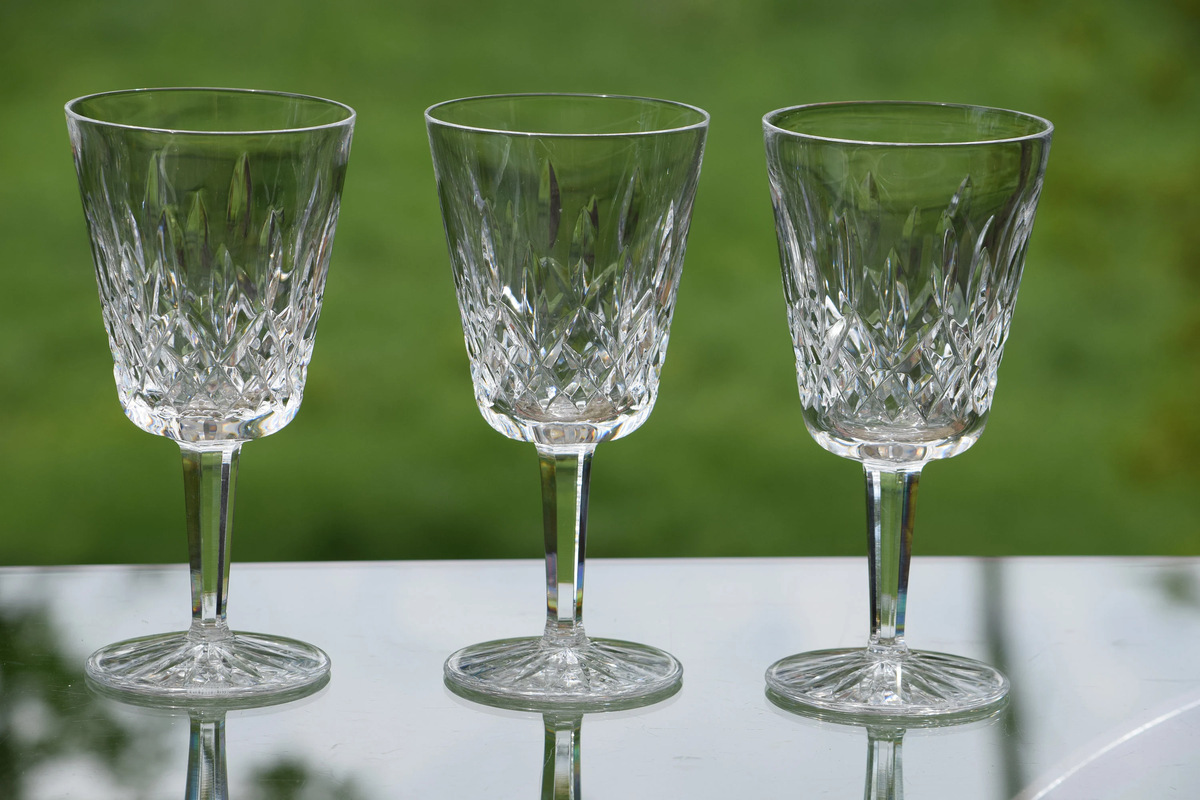
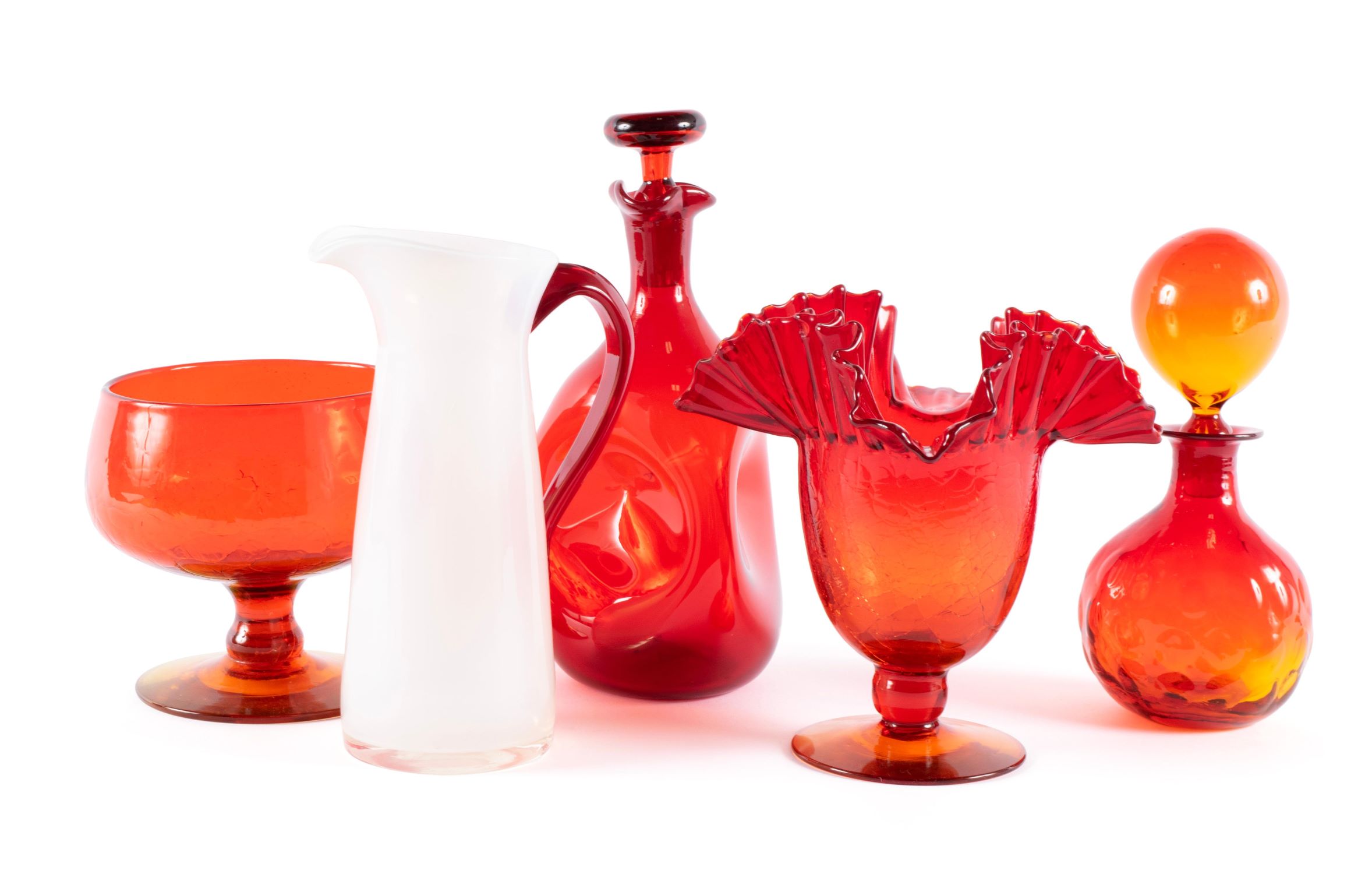
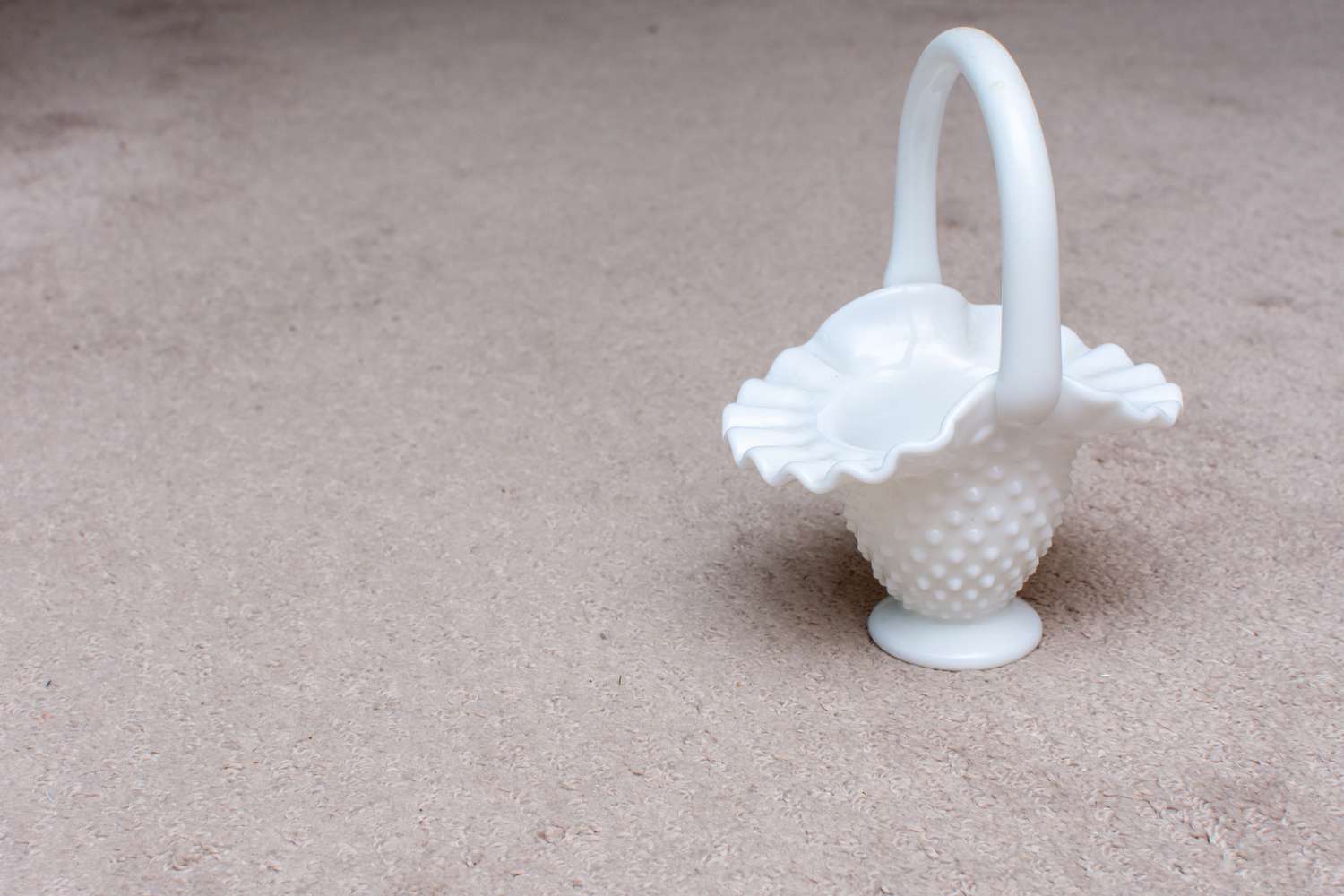
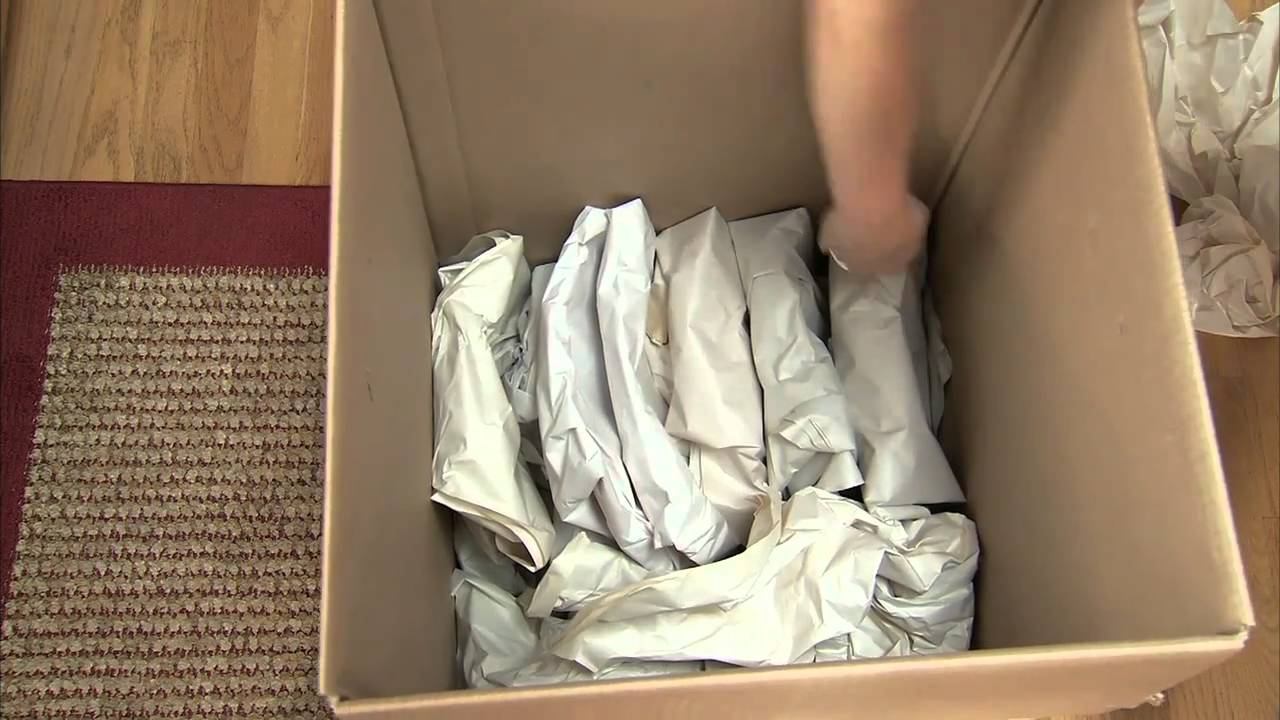
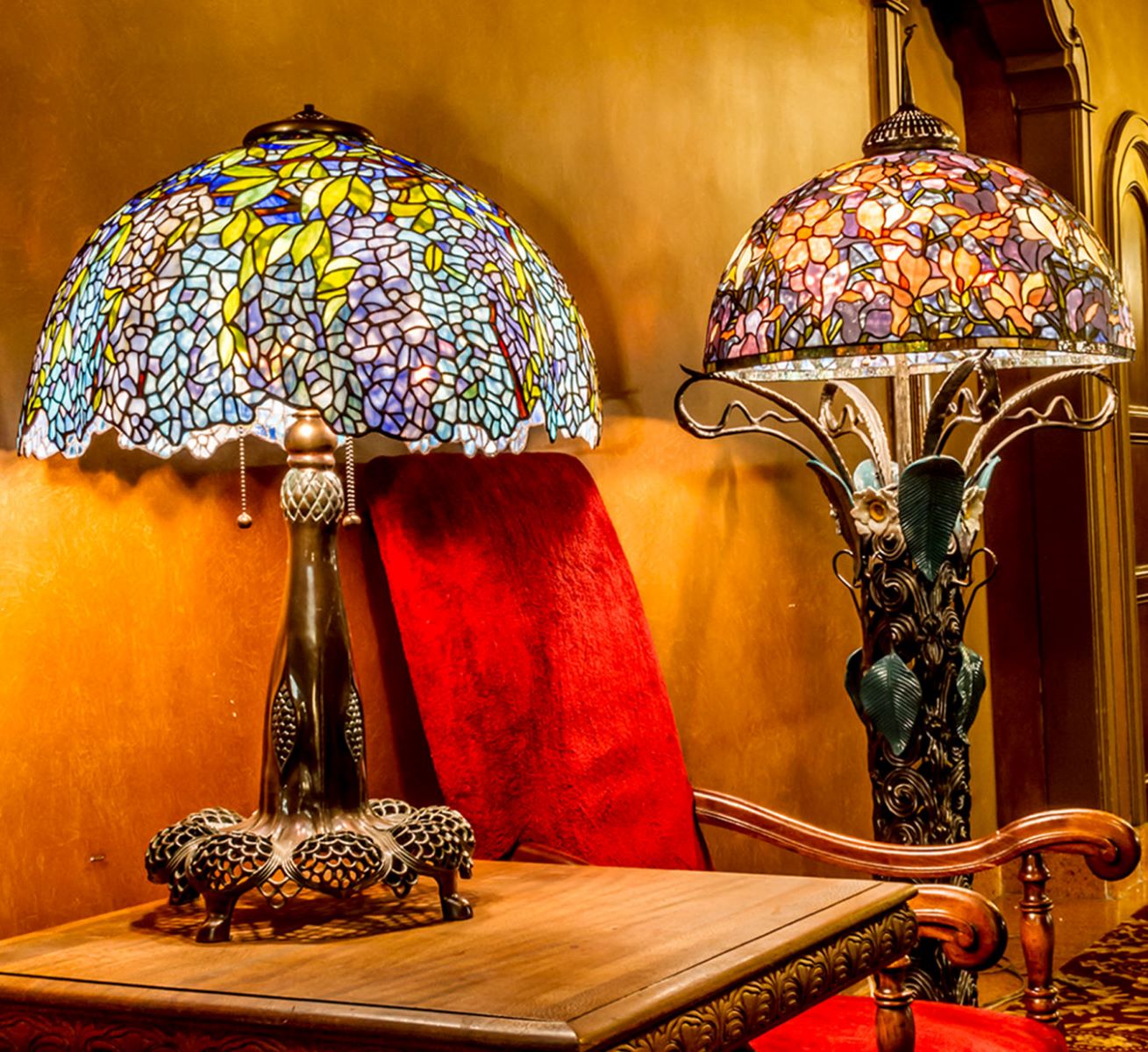
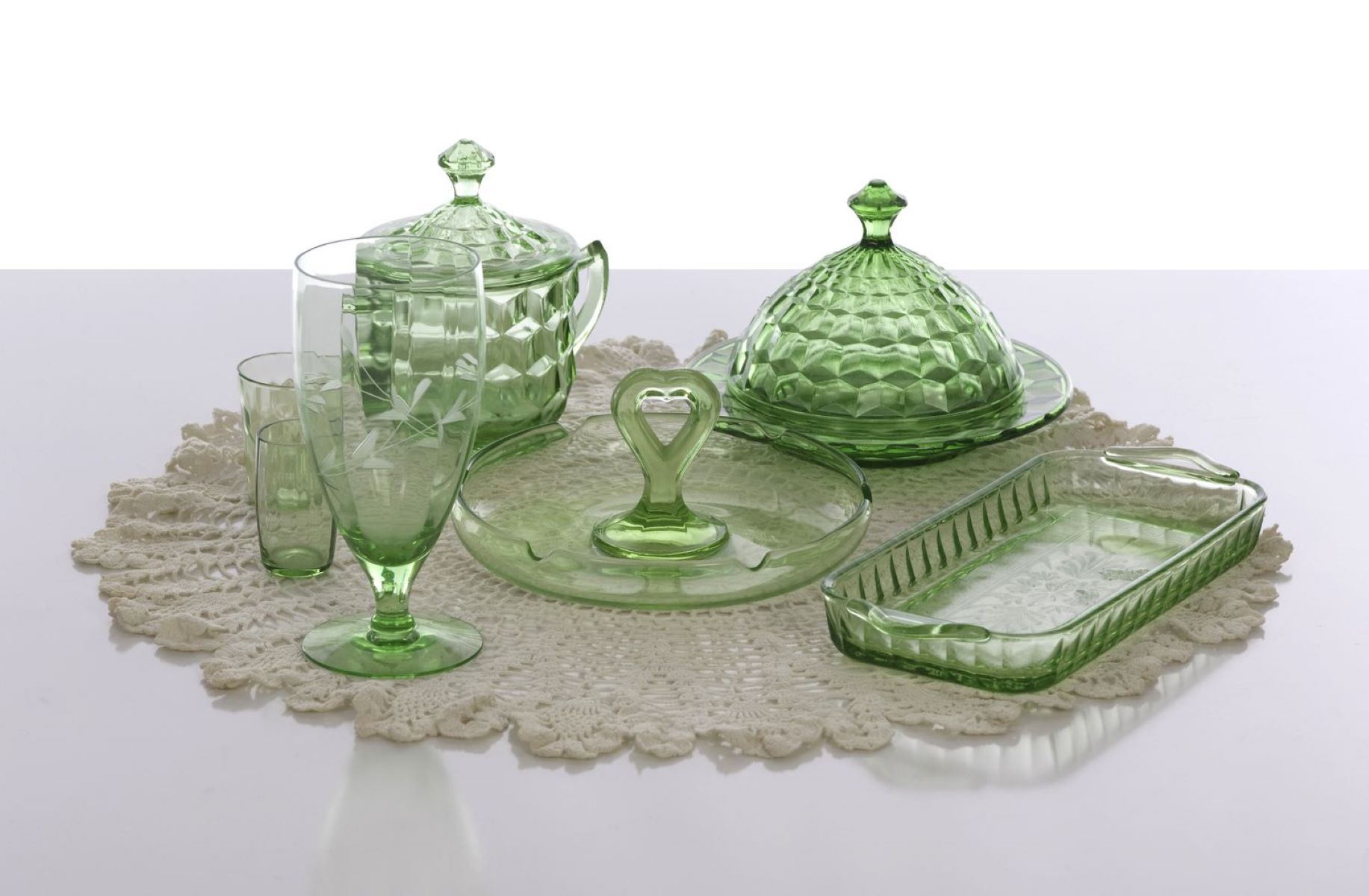
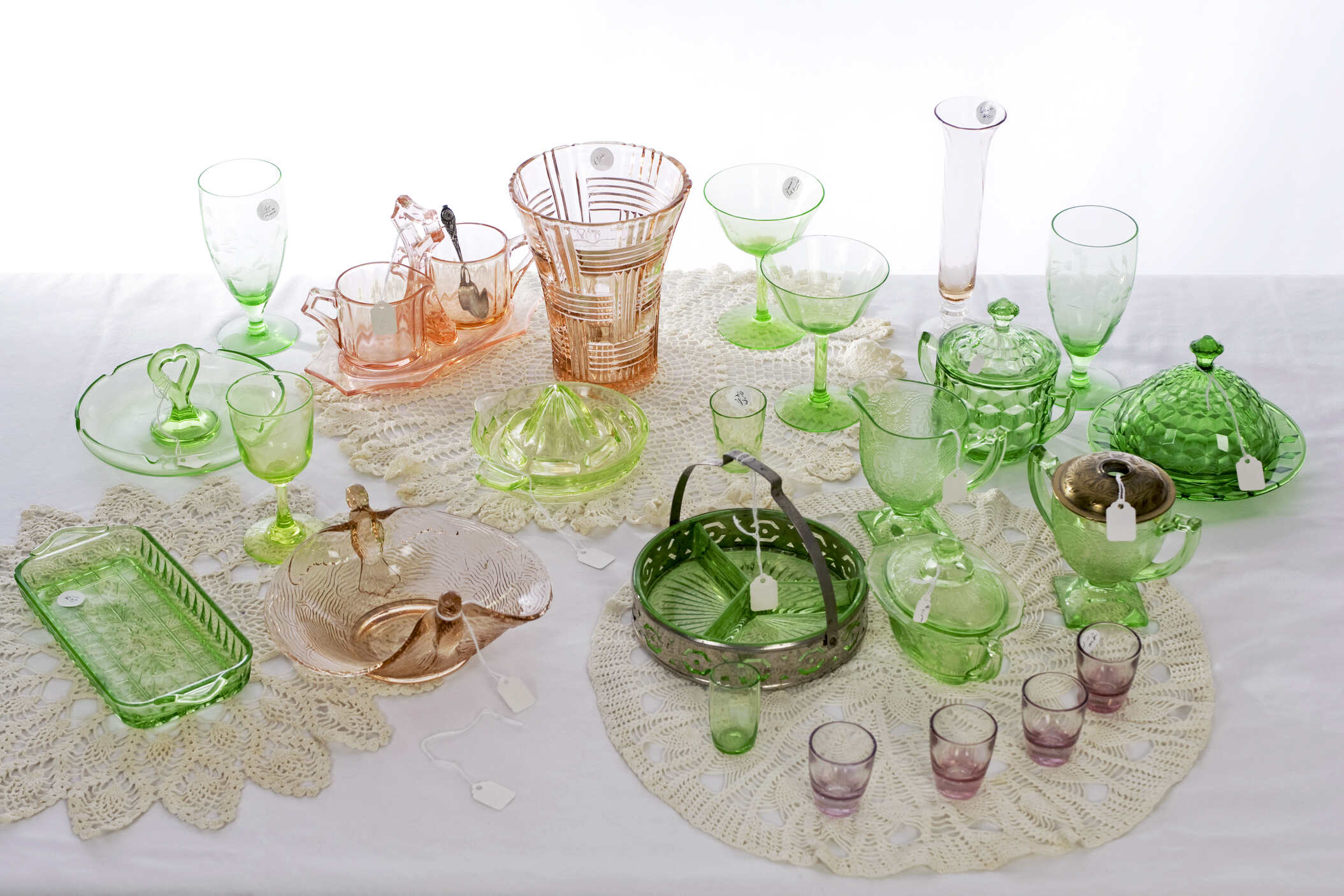
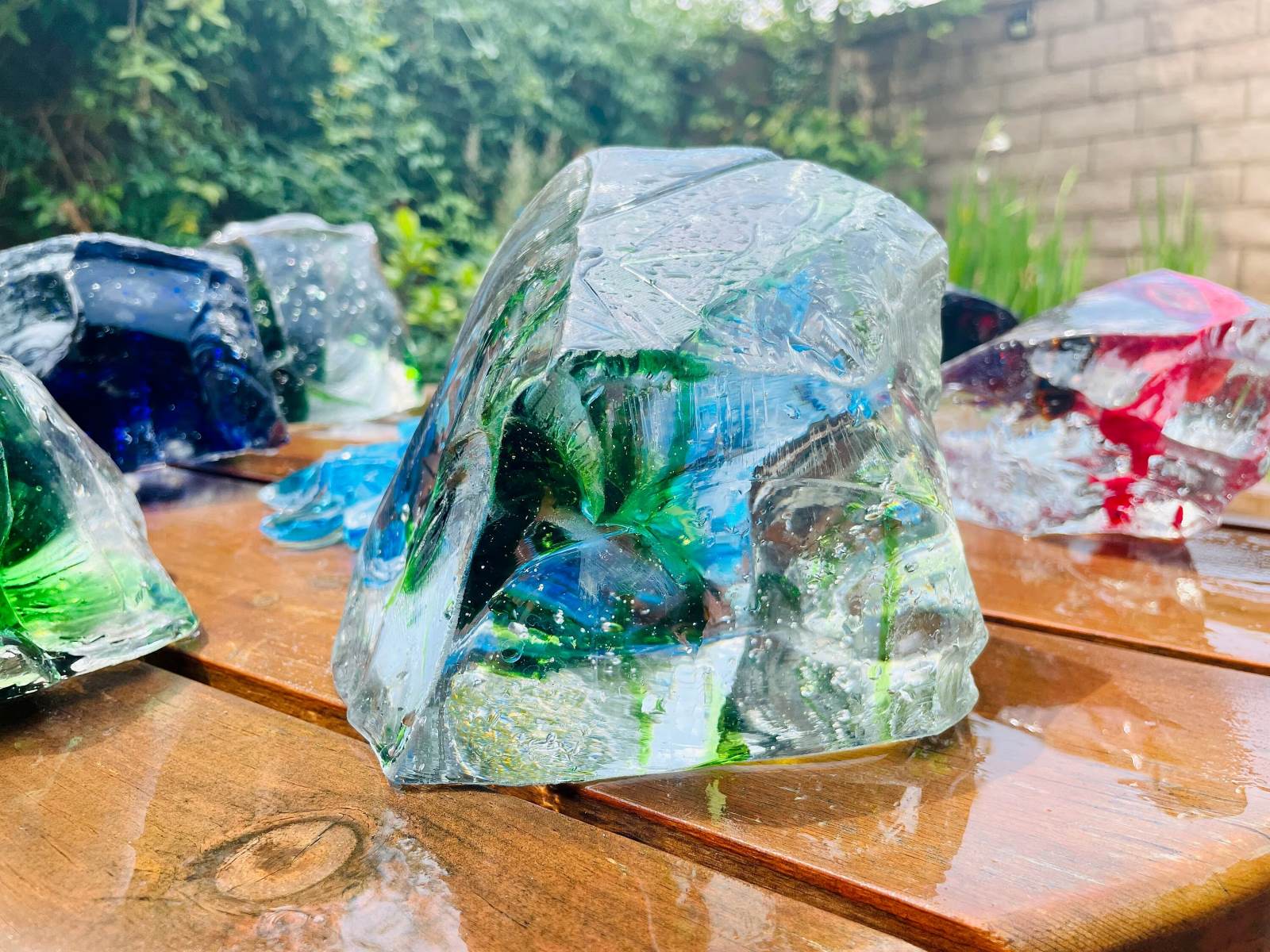
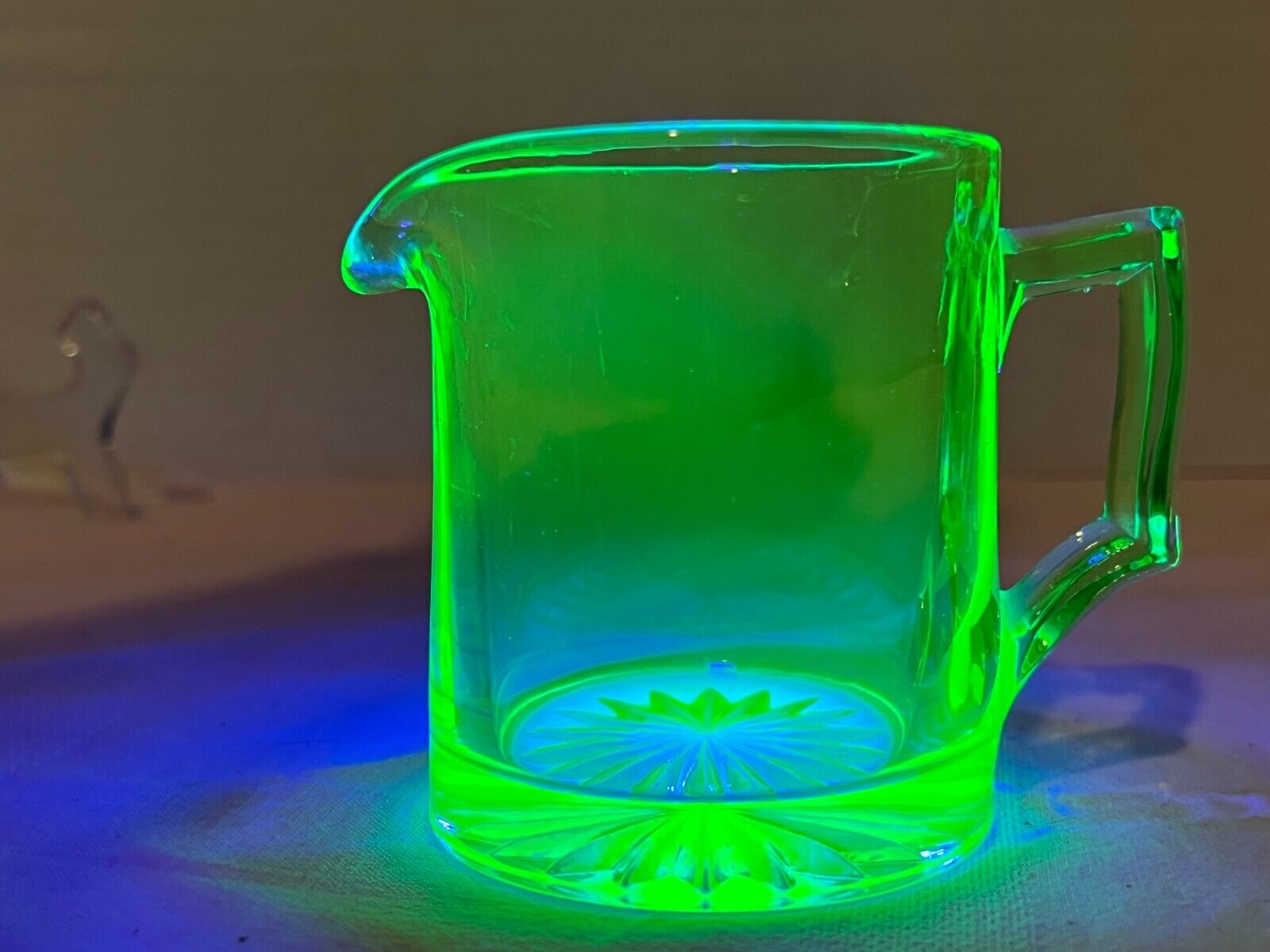

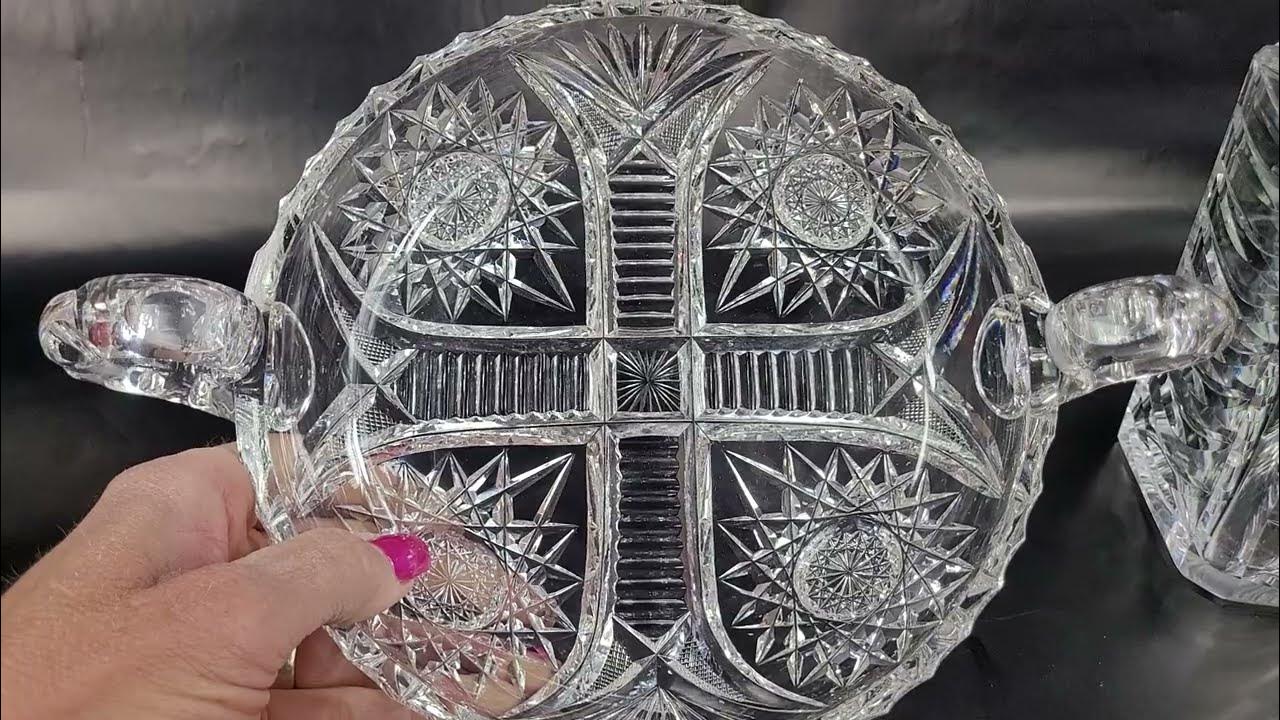
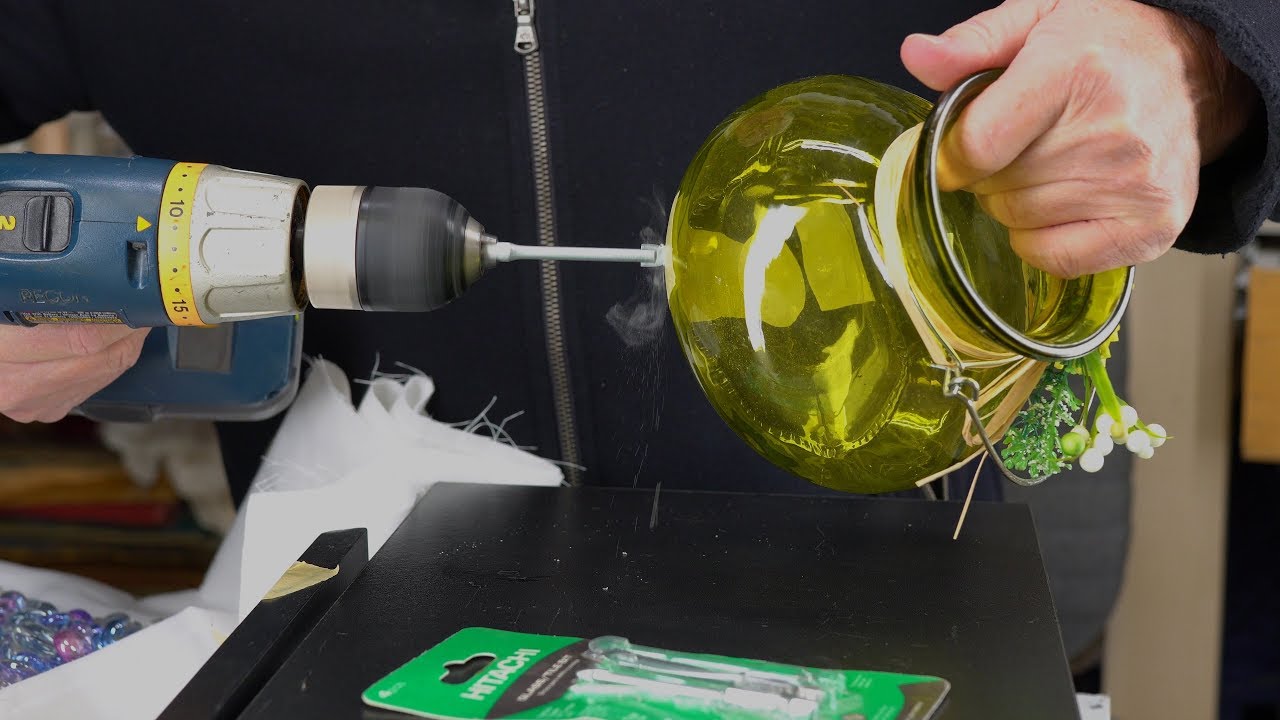
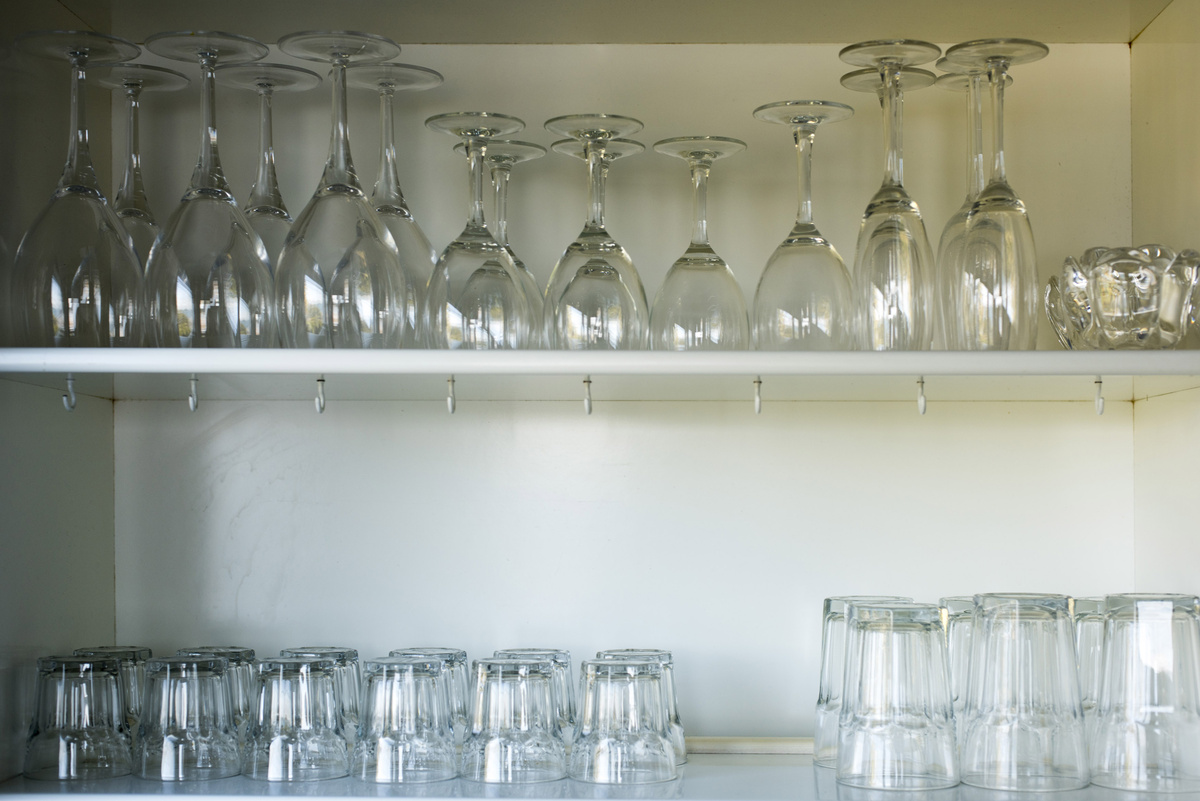
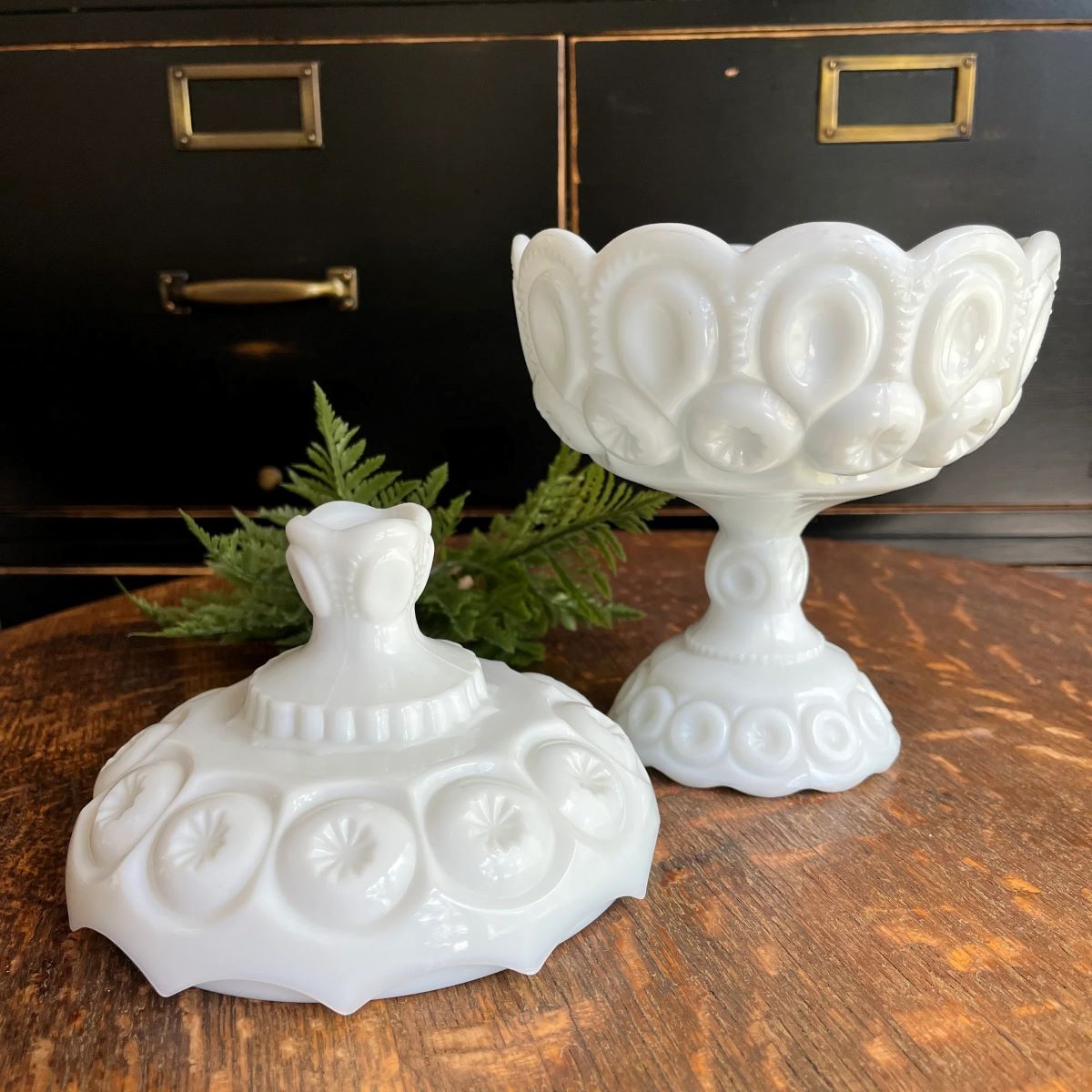

0 thoughts on “How To Identify Crystal Glass”